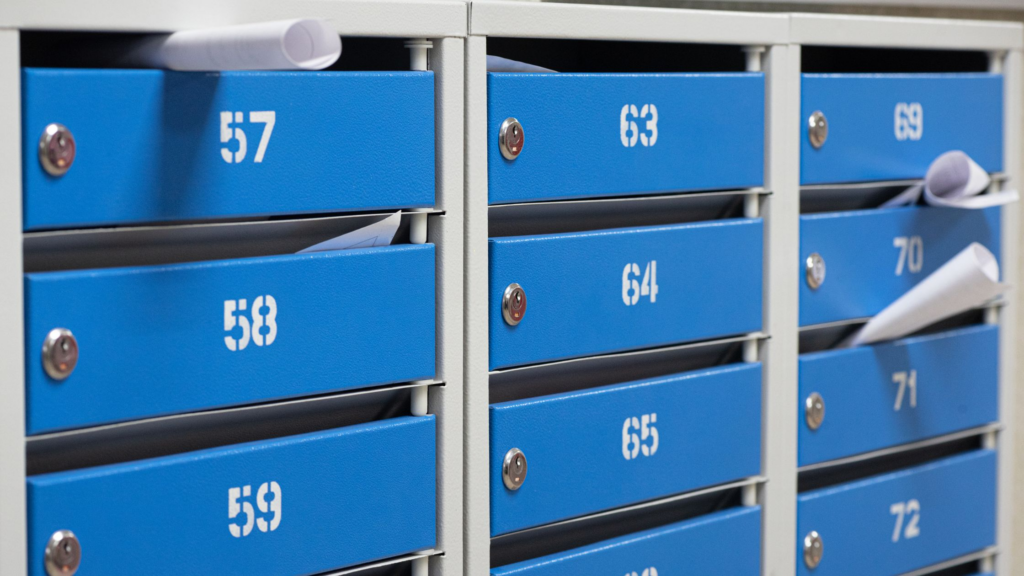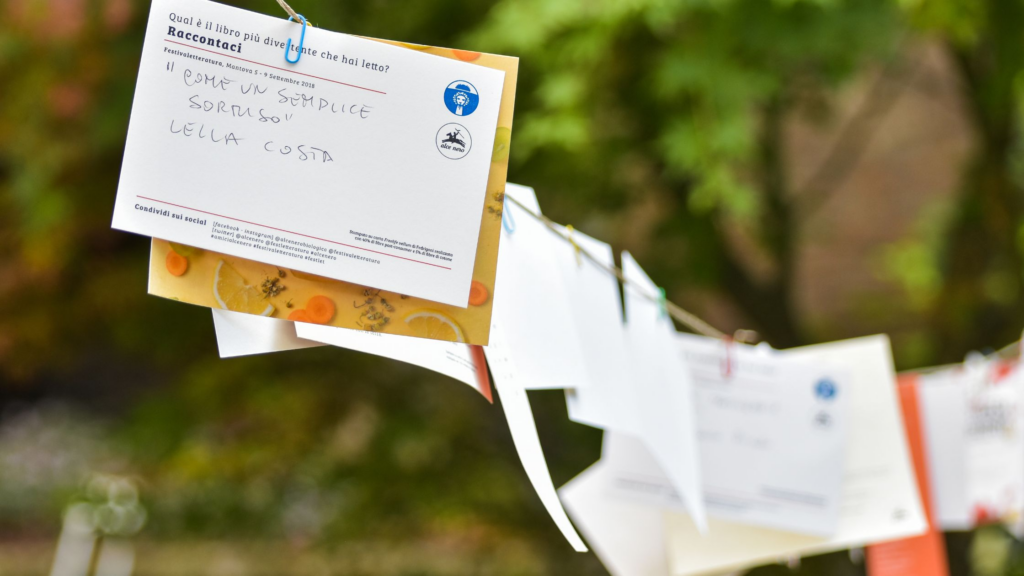
An Expert’s Guide to Direct Mail Marketing
Direct mail marketing campaigns have proven to be as relevant as ever. As of 2020, over 96% of people engage with direct mail, according to data from DNA, compared to 20-30% opening emails. With many brands using direct mail as one of their primary channels, standing out from the crowd with direct mail has become more important than ever.
Regarding design, we’ve previously shared some tips to make your direct mail look great and perform better, but there’s more to running a direct mail campaign than simply design.
Our guide covers what direct mail advertising is, why they still work, and the do’s and don’ts when running a campaign.
What is direct mail advertising?
Direct mail advertising is a type of marketing that involves sending physical mailers to potential customers. Direct mail includes postcards, flyers, coupons, or catalogues. Direct mail offers several advantages over other forms of marketing, such as targeting a specific audience and tracking results. Additionally, direct mail pieces are often more personalized than other types of advertising, which can help to increase response rates.
Major brands use direct mail as a successful channel in their overall marketing efforts. They send existing and potential new customers ads through the mail that are enticing enough to convert. From discount codes, preview offers, and more.
How effective is direct mail marketing campaign

42.2% of people who get direct mail say they read or scan the mail they receive, according to the Data and Marketing Association which is far higher than any data from email campaigns. With nearly half of your participants reading or scan-reading your direct mail, direct mail marketing is pretty compelling.
According to DMA, 92% of people who receive direct mail are driven online to complete a digital activity, and 87% are influenced to make an online purchase; the stats still support the notion that direct mail marketing is highly effective.
It is essential to note direct mail suits some industries more than others.
Direct mail marketing is only as effective as the offer and the audience they’re reaching. The campaign will definitely succeed if the data is more accurate and the offer is strong.
So, why do direct mail campaigns still work despite the explosion of digital marketing and consumers spending more time online than ever before?
Direct mail campaigns- why do they still work?
- They’re interactive – The whole point of a direct mail campaign is to be interactive; brands want consumers to engage and interact with them, which is why the offers are often too irresistible. Direct mail encourages someone to complete an action and receive something great from a brand they know (or don’t!).
- Often memorable – Direct mail campaigns often stand out as brands get creative with their ads. From scratch cards, free bags, and other items people can use, direct mail marketing is often memorable and will certainly stand out compared to an email campaign usually sent to junk.
- Have a bigger reach – Direct mail campaigns reach everyone with an address, meaning the age demographic is often much broader than other campaigns like digital. As it’s possible to appeal to more people, brands have a much better chance of reaching more people.
- Allow brands to get creative – Without the restrictions of character count or trying to meet algorithm expectations, as digital advertising does, direct mail lets brands get as creative as they like! Play around with clever copy that isn’t restricted to search and engage with customers differently.
How does a direct mail campaign work?

First, you’ll need to work out what your campaign will be and who your audience is. Research your audience- are you approaching the audience from a geolocation angle? Is the offer universal, or will you attract a broad audience?
Considering who will receive the direct mail first is essential for measuring the overall campaign’s success.
After carefully planning a message and deciding on the best audience, brands must prepare their mailing list or the area they’re handing out flyers. There are a few options at this point, working with a flyer distribution company that will work on behalf of the brand, either offering an H2H service or a direct postal mail service.
Now comes design! Create some engaging and fun copy to go with great imagery. Some brands let the direct mail distribution company design their ads, whereas others like the creative process. Don’t forget to allow for white space too.
Lastly, after choosing the right size for the mail campaign and having it proofed, it will be printed and distributed.

How much does direct mail marketing cost
As with any marketing campaign, the cost depends on a few factors. How much design and copy do companies do in-house vs working with a third-party agency? Design work for direct mail marketing campaigns can cost between $100- $300 alone, so keeping marketing activities in-house can save on those extra costs.
What size mailer to choose, what is the quality of the finish (matte, gloss, etc.), and how many they’ll need? Printing costs can be anywhere between 1-5p per A6 flyer, depending on whether they’re double-sided too. Then, factor in the postal service of choice or the distribution costs if your campaign is H2H. As with the printing services, the more distributed flyers, the better the campaign’s value for money.
It’s also essential to understand the industry’s average CPA (cost per acquisition), as these can vary. For example, our data shows an average CPA for ride-hailing companies is between $5-$10, but for meal kit companies, it’s much higher at $35-$45 per leaflet.
According to data from Marketing Charts, direct mail has an ROI of 29% amongst US consumers as of 2021.
The do’s and don’ts of direct mail marketing

Don’t send unless it’s personal– Make it personal by addressing each person by name, referring to local features/ geographical features.
Connect the offline campaign with online channels via a website, discount code, or QR code. This will maximize the ROI and create a closed-loop marketing campaign.
Don’t spend too much time worrying about area codes– If you’re choosing to target people via geolocation, area codes aren’t the be-all and end-all. This is particularly key if a business decides on an H2H service. Instead, choose to target the area address.
Do spend time on the design– As we’ve mentioned, most consumers remember direct mail campaigns for up to 3 days compared to other campaigns like email, so make the direct mailer attractive and memorable!
Types of direct mail
- Postcards are a great way to get the message across quickly and can be one of the most cost-effective direct mail marketing. They’re usually A6 or A5 size and come either single-sided or both. They’re short, sharp, and effective in engaging new and existing customers, and brands can get creative with the design
- Letters/ classic packages are one of the most common types of direct mail and include a letter in an envelope. Classic packages can also include brochures or catalogues, response forms, and donation envelopes
- Self-mailers – These are usually sent without envelopes and are generally large A4 flyers folded down to fit into mailboxes. They’re a cheaper alternative to classic packages and can be personalized to appeal to a large audience
- Catalogues – These are hugely popular with consumers and often drive them to purchase from the brand. The US postal service recorded that 60% of consumers went on to buy from a brand they’d received a catalogue from, which is an impressive conversion rate!
- Inserts and wraps – Inserts are small flyers that come in various sizes and are placed inside other magazines, advertising pieces, or catalogues. They’re often related to the magazine they’ve been inserted into, helping with relevancy for brands. Wraps are the opposite of inserts in size and are typically when brands ‘buy up the front and back of a magazine or newspaper to help increase their brand awareness
- Dimensional mailers are becoming increasingly popular, with brands looking to attract younger consumers. Think pull-out, interactive, or ‘build’ mailers that become three-dimensional when a customer interacts with them. They’re a fun, modern way to make direct mail marketing memorable
How to set up a direct mail campaign?

- Gather a solid database of consumers – Setting up a direct mail campaign starts with a great database of potential customers to reach and an excellent call-to-action. A great offer or attractive deal makes a difference in consumers’ conversion, so even if the database is great, the offer has to be appealing enough for people to take time out of their day to engage and convert
- Create the piece – The design part is an essential process that should be carefully considered, as we’ve previously touched on. The design of a flyer can be the ‘tipping point for consumers who may need to become more familiar with a brand, so make the design too good to ignore! Remember to get it proofed by a third party to reduce the risk of mistakes
- Add campaign tracking – Whether it’s a custom discount code, a vanity URL, a unique QR code, or another measurable feature, tracking and recording the campaign is essential. It’s essential for measuring ROI as well as being able to learn, tweak, and a/b test the content to help increase conversions each time
- Prepare to test – Before sending out the whole lot, try a smaller audience segment and test the piece. When do people convert more, and what day of the week do they interact? First, learn more about the consumer, and then use this data to shape your future campaigns. The more you learn about audiences, the more you can refine and re-run the campaign helping to increase conversions each time
- Run the campaign – Once the trial results are in, run the campaign entirely after tweaking the messaging or changing the variables recorded
- Analyze the result – As the campaign goes live, the data will start coming in. Make sure to track, measure, and analyze after a certain period. Make changes to the copy, design, and offer to make the most of the budget
- Run and re-run the campaign – Using the data analyzed previously to improve the deal’s offer/ messaging/ positioning, the campaign can continue running for as long as a brand needs. By re-running the campaign after making changes based on the first round of findings, brands are maximizing their ROI and the opportunity to increase their CPA.

Want to learn more about how our experienced team could help your business outperform offline campaigns? Request a demo with the Oppizi team today and learn more about how your business could fly.




